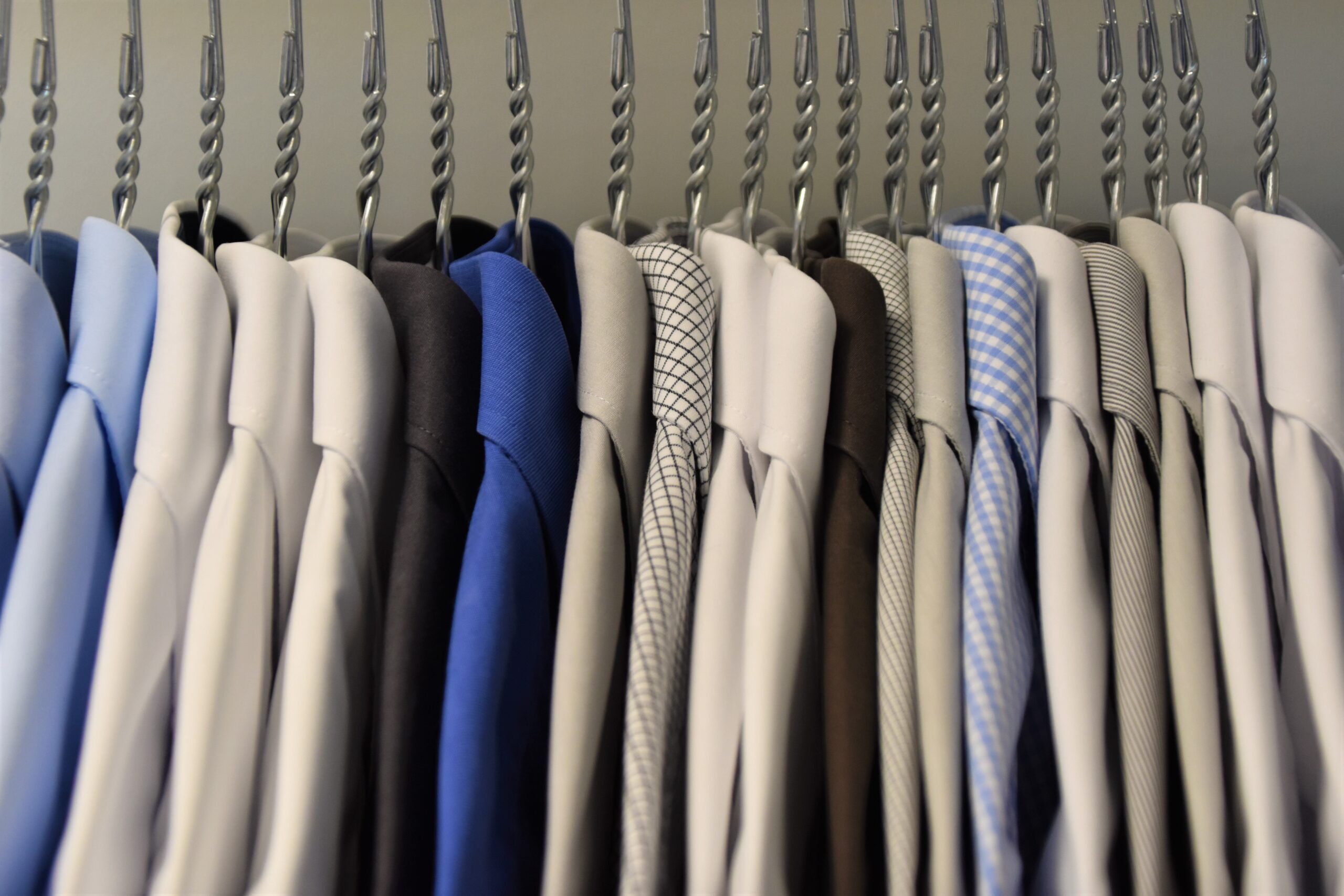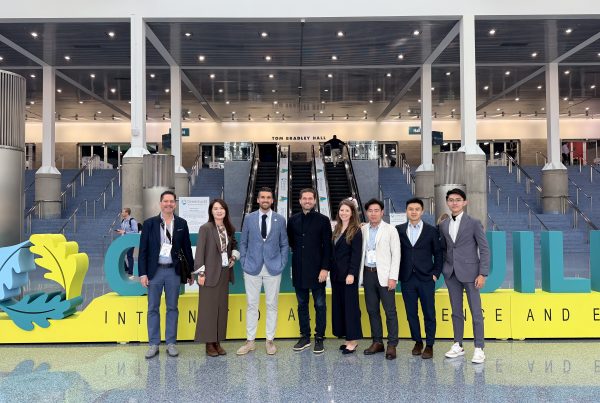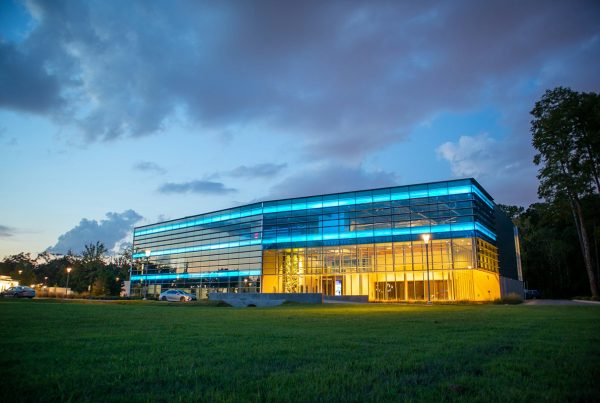In the 21st century, the calls for sustainability continue to rise as the effects of climate change become more apparent. Companies in the fashion industry and beyond have used environmentally friendly practices to reduce their carbon footprint and appeal to the generation of sustainability-minded consumers.However, that’s not the case for all businesses. Some companies have pushed sustainable products to their customers but don’t demonstrate environmental consciousness through their processes.
How Have Sustainability Opinions Changed?
In the last few years, consumers have shifted dramatically toward sustainable practices. A 2022 study reveals 78% of Americans see sustainable lifestyles as critical to them. People can go online or in their backyards to see the effects of climate change. Warmer surface temperatures and more volatile storms have worsened storm damage to homes, schools and businesses. Consumers are taking matters into their hands by making sustainability a requirement, not just a trend.
Are Companies Heeding the Calls?
Companies in retail, fashion and numerous other industries have pledged to combat climate change through sustainability-based target initiatives (SBTI). For example, Stella McCartney started a self-named fashion brand in 2001. McCartney’s clothing line uses sustainable materials like NuCyl, Econyl and others. If customers want to return Stella McCartney clothing, they can take it to a store where the company will recycle it.
Another example of sustainable fashion is Everlane. The San Francisco-based retailer uses recycled polyester and nylon for its clothing and has switched to recycled plastic for shipping bags. Everlane’s sustainability goals include lowering carbon emissions by 55% for every product and achieving net-zero emissions by 2050.
What Companies Are Greenwashing?
Demonstrating sustainability is admirable for retail companies, but only some organizations have committed to action. Other businesses claim to be environmentally conscious with their products but only use sustainability as a marketing tactic — or they produce sustainable products with little regard for the environment during production.
One problem in luxury fashion is using animal skin to make leather. Leather’s environmental impact is significant because producers harm animals — such as cows and crocodiles — and emit greenhouse gases (GHGs). In 2018, Hermès pledged to cut its GHG emissions in half by 2030, but in 2020, the luxury brand expanded leather production by opening a new workshop in France.
However, Hermès has since turned to more sustainable practices. For example, the company partnered with MycoWorks in 2021 to produce mushroom handbags. Biotech leather requires fewer chemicals and is more sustainable than other faux leather products on the market. Plus, no animal harm is necessary to produce the leather.
How Can Retail Push SBTIs?
Actions speak much louder than words. Talking about sustainability but not following through in production is unethical and shows disingenuous behavior to consumers. So, how can companies in retail push SBTIs?
Improving the Supply Chain
The first step in improving sustainability is to make the supply chain environmentally sound from beginning to end. Producing sustainable products for the customer is an excellent idea, but companies must ensure the process is climate positive — otherwise, consumers may see it as greenwashing.
For example, what transportation does the business use to transport its products? Using trains or trucks with biofuels is more environmentally conscious than other methods. Research shows biodiesel has lower emissions of carbon monoxide and volatile organic compounds than diesel fuel. It’s also worth investigating how energy intensive their processes are. A durable product that requires a lot of resources isn’t as sustainable.
Slowing Down Fashion
Fast fashion has been a significant problem in the clothing industry. Companies like Shein aim to produce as many products as possible and make cheap clothing that’s trendy for a while but doesn’t last long and ends up in landfills. A 2020 study finds the fashion industry is responsible for 92 million tons of waste and 79 trillion liters of water consumed annually.
Luxury clothing brands must become more sustainable by shifting away from fast fashion. For example, they could start by using more environmentally conscious materials. Organic and recycled cotton, hemp, cork and organic linen are a few possibilities. Businesses that combine energy-efficient processes and sustainable materials reduce their carbon emissions and help everybody involved in the supply chain.
Using Social Media
Social media is an excellent tool for companies to connect with customers directly. A business can significantly influence consumers with advertisements and other PR campaigns for little to no cost. The U.S. has over 300 million social media users, so the posts a brand makes can reach numerous audiences in the country and worldwide.
Companies aiming for sustainability have a unique opportunity with social media to influence their consumers. A fashion organization can use its platform to promote its sustainability goals and demonstrate how they’re helping the environment. A video series can take customers behind the scenes and show the materials used for production or how to recycle clothing when it reaches the end of its life.
Leveraging Technology
Consumers appreciate transparency because it demonstrates actions over words. Another actionable step in sustainability is to leverage technology. Modern technology allows companies to find sustainable practices and enables every customer to see how environmentally conscious they are.
For example, in 2020, Nespresso started taking advantage of blockchain technology. Blockchains allow anyone to research records and trace information to the source. The same idea applies here with Nespresso allowing customers to trace their coffee from Zimbabwe to Switzerland to their shelves.
Helping Customers
Consumers want to participate in sustainability initiatives and buy environmentally conscious products. Gettings customers involved is much easier if businesses bring sustainability directly to them. For example, companies in retail can use philanthropic initiatives to help customers feel like they’re participating in every purchase they make.
Patagonia is among the most sustainable clothing brands on the market. In 2011, the California-based company started its “Don’t Buy This Jacket” campaign. Patagonia used this initiative to educate customers on consumption and sustainability. Its objective was to inspire people to buy only necessities and be aware of where their dollars go.
Pushing Retailers for Transparency
Events in the last few years have dramatically shifted how consumers view shopping. Modern customers are now more careful in purchasing food, clothing and shelter. The effects of climate change have pushed many to ask how they can contribute to a healthier planet.
Retailers — particularly in fashion — do their part by pledging sustainability goals. However, some businesses see it as a strategy for greenwashing. Consumers and advocates must scrutinize these retailers closely and call them out when greenwashing occurs. Luxury brands shouldn’t trick their customers into buying sustainable products if the process isn’t environmentally conscious from start to finish.











